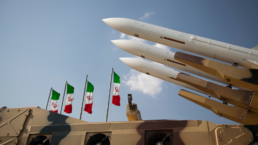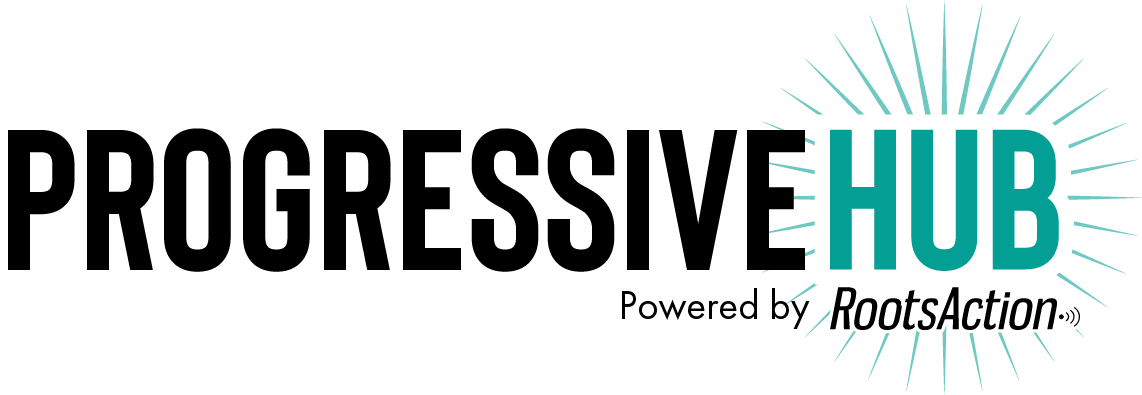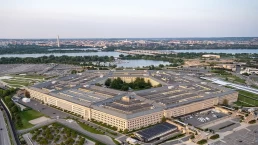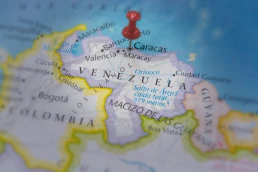Trump promises a deal by mid-June, but many obstacles remain.
By Tarique Niazi, Foreign Policy In Focus
The second round of Iran-U.S. talks on April 19 has successfully concluded in Italy. The Omani embassy in Rome hosted the talks, which went on twice as long as those held in Oman on April 12. Most importantly, Iran and the United States have agreed to a third round of discussions on April 26. Before this third round there will be a meeting of experts from both countries to discuss nuclear de-escalation, uranium enrichment, verification mechanisms, and the lifting of economic sanctions.
Oman’s Foreign Ministry said in a statement that both sides agreed to ensure that Iran is “completely free of nuclear weapons and sanctions, and maintaining its ability to develop peaceful nuclear energy.”
This second round was preceded by intense rhetoric on both sides. Iran’s supreme leader deflated the hopes of success in the talks, while President Trump’s Special Envoy Steve Witkoff asked Iran to “dismantle” a nuclear program that it considers its red line.

The talks did not, however, reach a dead end. It is common for negotiators to take maximalist positions to appease different constituencies before they even sit around the negotiating table. The first round of Iran-U.S. talks already defied gloomy predictions when it successfully took place on April 12 in Muscat, Oman. The host Sayyid Badr al Busaidi, Oman’s foreign minister, treated both Iranian and U.S. delegations at his residence to the centuries-old Arab tradition of hospitality.
Seated in separate rooms in the minister’s house, the delegates conducted four rounds of talks. As a go-between, al Busaidi delivered and redelivered communications that lasted two-and-a-half hours. In the Iran-U.S. context, the duration of communication is of special significance. Two estranged nations, talking to each other through an intermediary, would not have communicated that long had they not found common ground. Also, they agreed to communicate in writing, which allowed both sides to read, unfiltered, each other’s intents and purposes. To avert the pitfalls of mistranslation, both sides consented to converse and write in English.
At the end of the talks, the hosts were overjoyed, both delegations were all smiles, and Tehran and Washington echoed each other in describing the talks as “positive” and “constructive.” As a further indication of progress, both delegations agreed to the second round of talks. Most important of all, the Iranian delegation and its leader Abbas Araghchi, Iran’s foreign minister, broke an almost 50-year-old taboo by exchanging greetings with the U.S. delegation and its leader Steve Witkoff.
Recent Posts
Privatize USPS? Mail Carriers Have A Better Idea
December 18, 2025
Take Action Now After battling for a fair contract, USPS workers face the threat of privatization, which they warn will harm all Americans.By Mel…
Senate Passes Massive $901 Billion National Defense Authorization Act, Sending It To Trump’s Desk
December 18, 2025
Take Action Now When combined with a supplemental bill passed earlier this year, the NDAA will bring the US military budget to over $1 trillionBy…
‘Absolute Dereliction Of Duty’: House Republicans Kill Venezuela War Powers Resolutions
December 18, 2025
Take Action Now Undeterred, members of the Congressional Progressive Caucus vowed to “continue to fight to stop Trump’s illegal war on Venezuela.”…
Trump Declares Naval Blockade Against Venezuela As Lawmakers Warn Of Unauthorized Act Of War
December 17, 2025
Take Action Now President Trump’s order to block sanctioned oil tankers near Venezuela escalates military tensions, raises constitutional and…




